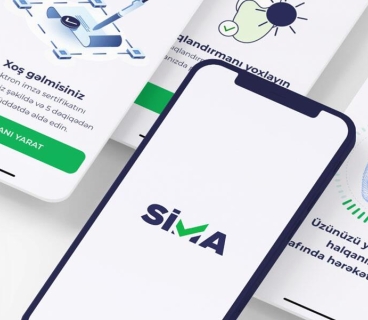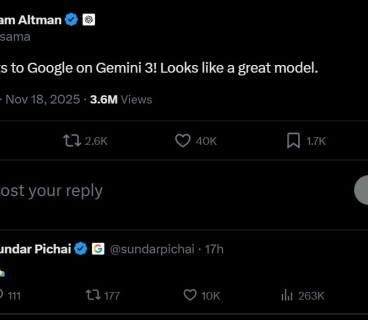Stitch is a tool designed to create front-end designs for web and mobile applications, automatically generating the necessary UI elements and code. Users can create app interfaces with just a few words or even an image, and the tool provides the corresponding HTML and CSS markup. Stitch operates using Google’s Gemini 2.5 Pro and Gemini 2.5 Flash AI models, allowing users to choose between these options.
Stitch is one of the rapidly growing tools in the vibe coding market—programming using AI code-generating models. The market also includes other startups like Cursor’s Anysphere, Cognition, and Windsurf, as well as services like OpenAI’s Codex and Microsoft’s GitHub Copilot updates. While Stitch offers somewhat limited functionality compared to other vibe coding products, it supports direct export to Figma and allows further editing in an IDE. Users can also customize the generated design elements as they wish.
In a demo shared by Google product manager Kathy Korevec with TechCrunch, Stitch was shown helping create a mobile app UI for book lovers and a web dashboard for beekeeping management. Stitch primarily aims to simplify the initial design phase and enable users to move on to more advanced programming and design tasks.
Google plans to add a feature soon that will allow users to take screenshots of UI elements, make changes, and annotate them directly. However, Stitch is not intended to replace full-featured design platforms like Figma or Adobe XD. Additionally, Google has expanded access to its AI agent Jules, now in public beta, which assists developers in debugging code, understanding complex programming, creating GitHub pull requests, and managing coding tasks.







